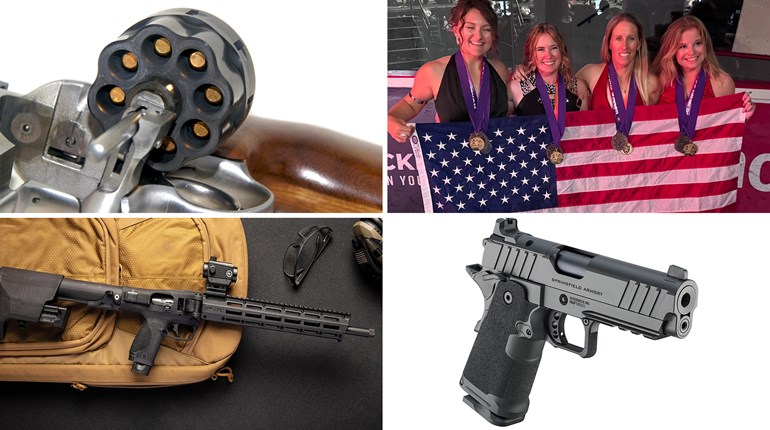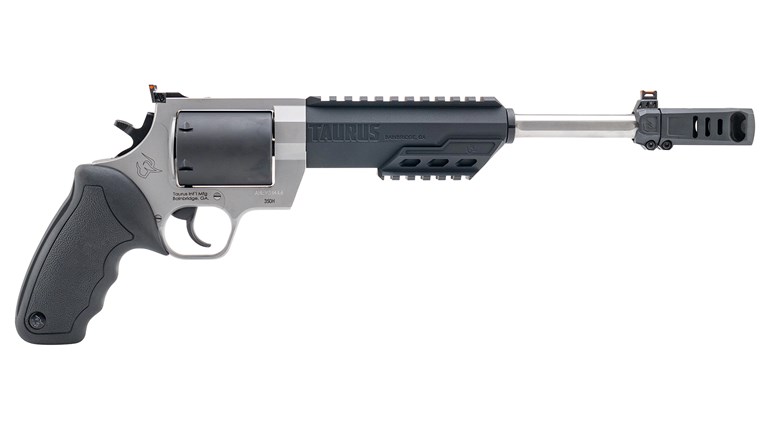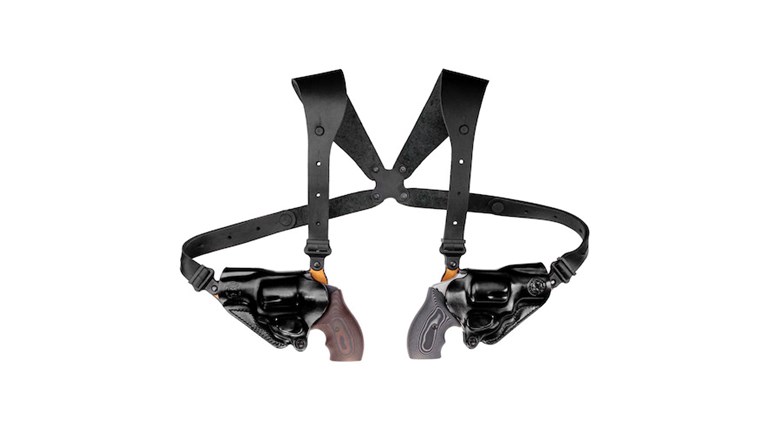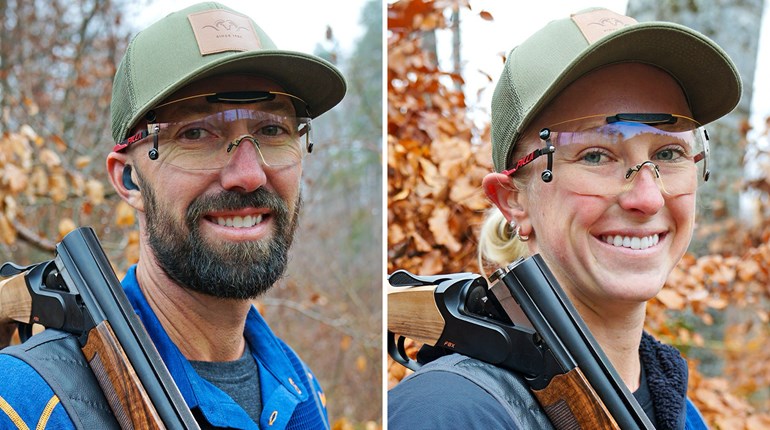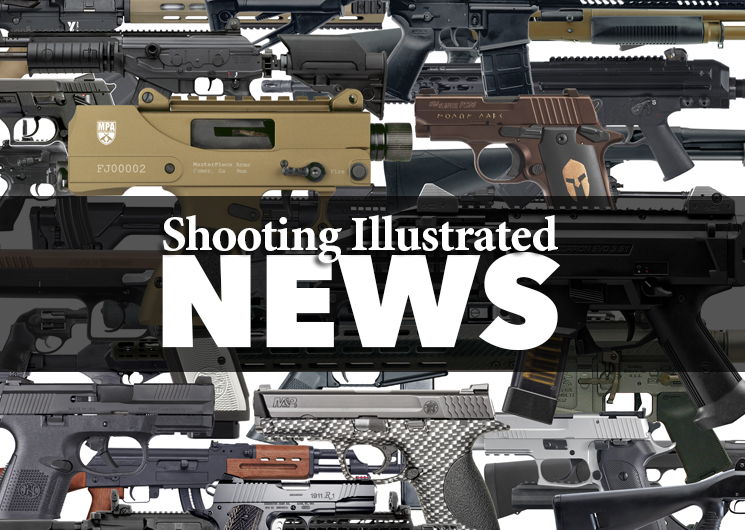

While I must confess there was a time when I viewed laser-sight as overly-hyped, gun-related gimmicks better served as costly cat toys or as an essential training aid for learning the art of what the late Col. Rex Applegate developed during World War II and later popularized as "instinctive shooting."
As a firearm journalist, I've had the privilege of not only testing and evaluating a variety of laser sights, I've also seen examples of their merit demonstrated at times when aiming a firearm through traditional means was neither possible nor practical. The fact of the matter is, while a laser-equipped J-frame can offset some of a snub-nose's shortcomings, simply put as an essential tool, there some things you can do better if your pistol has a laser installed.
But that's not to say a laser is in any way better than traditional firearm sights. Quite the contrary, lasers are strictly a shooting aid, rather than a replacement for conventional handgun sights. (This is why I don't advocate them for someone who is new to shooting, or especially concealed carry.) I say this not because batteries and electronics can fail, but more so because there's a high probability of encountering a threat at bad-breath distance, forcing you to index your handgun on a evildoer without the luxury of accessing iron sights. Then there's the high likelihood of being subjected to a violent pre-dawn encounter when traditional sights will only be visible with aid of night sights.
Though some may advocate any type of laser, or popular models that integrate to a pistol's grip, as mentioned in the previous installment concerning the critical elements of properly fitting pistol grips, I typically steer clear of rubberized grips on concealed-carry pistol because they have a tendency to bind on cover garments when drawing from concealment. So what are the alternatives?
Stick with a pair of grips that fit your hand and select a laser that attaches to another part wheelgun, such as the LaserLyte CK-SWAT, which attaches to the right side of the frame, or the LaserMax CenterFire, which places the laser directly beneath the ejector rod. some fitting by a gunsmith may be necessary, but the end result will be a much more versatile pistol designed to meet your needs.












